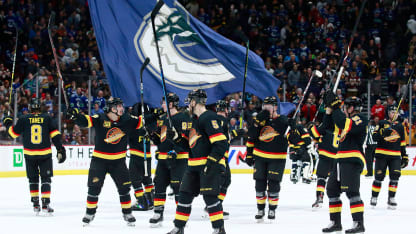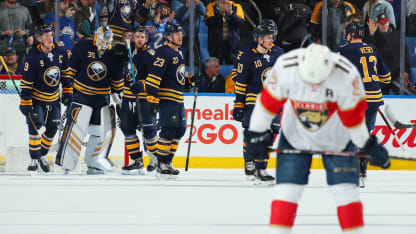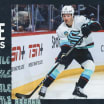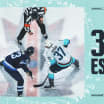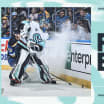Here's the catch and where the standings provide more intrigue. If a team wins in overtime, it is more valuable than winning in the shootout. The points reward is the same-two points-but winning in overtime is considered a "better" win and is tallied in a column labeled "ROW," an acronym for "Regulation and Overtime Wins." When the regular season ends, it is not uncommon for two teams to finish with the same number of team points in the standings. The ROW column might mean the difference between making the playoffs or going home for the summer.
Starting this season, the first tiebreaker is regulation wins or the "W" column in the standings. The second tiebreaker (when teams share the number of victories in the W column) is which team has more ROW compared to a team with more shootout wins and/or overtime losses to pad its team points total. If the deadlocked teams have the same number of wins and ROW, the third tiebreaker is which team has the most total wins, including shootouts.
For the next month or two, fans can project whether a team looks promising for a playoff spot or digging a deep hole at the bottom of the standings. But now matter where a team is positioned,
a full NHL standings
can reveal even more about your team's trends. You can determine if a team has played fewer or more games played (GP). You can track wins-losses-OT records, which means number of wins (W, one points), losses (L, no points) and OT (overtime losses, one point). Example: Washington started the weekend 28-9-5 for a total of 61 points (28 x 2 + 5 OT x 1 =61).
Along with the straight numbers, the NHL standings provide data that analytics experts use to determine if a team is playing better/worse than its team points. For instance, goal differential is the number of goals scored by the team minus the goals against. A positive goal differential is typically associated with teams higher in standings, while net-negative goal differential might show that team in a higher place in the standings is headed eventually for demise.

